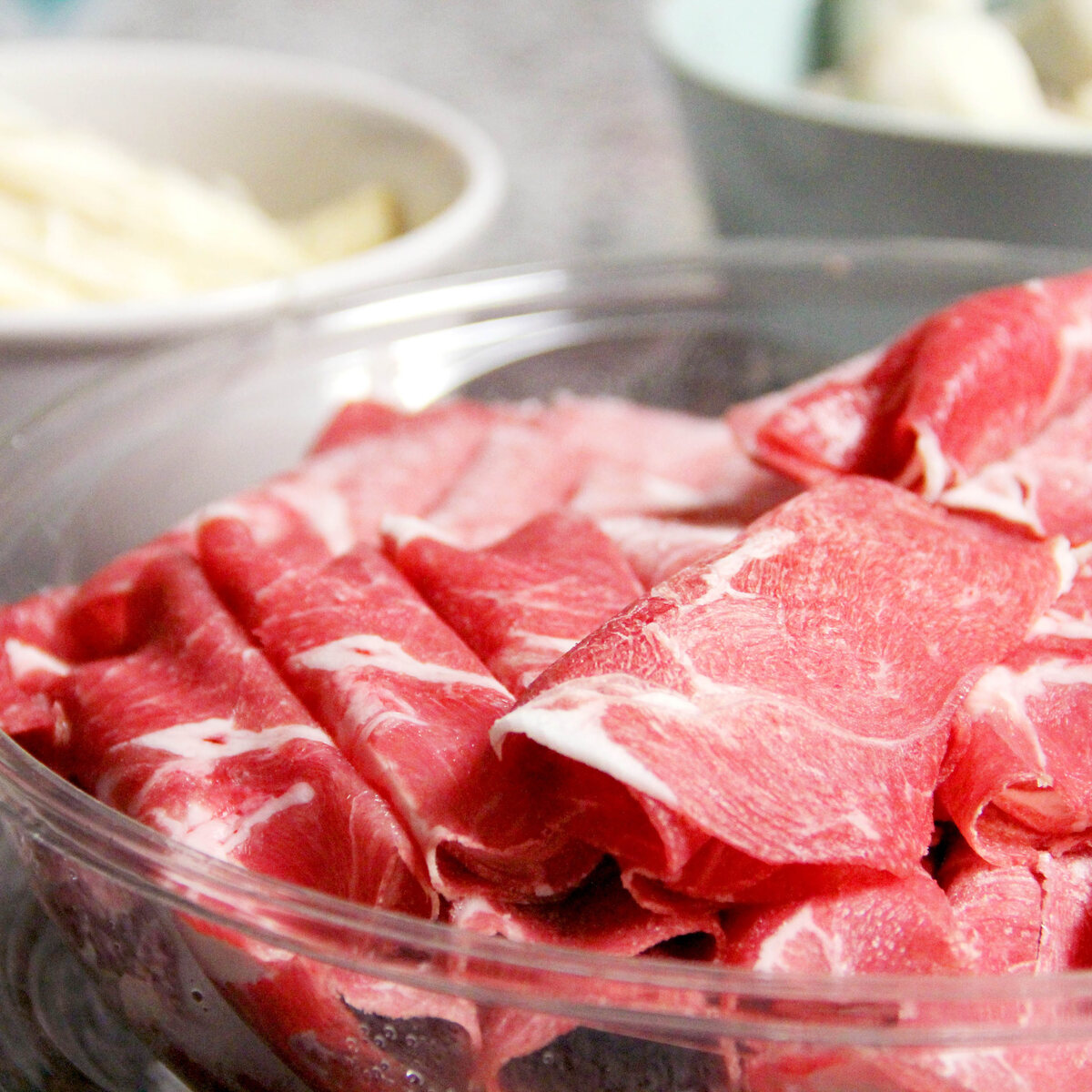

Articles
What Kind Of Meat For Hot Pot
Modified: January 7, 2024
Looking for articles about what kind of meat to use for hot pot? Discover the best choices and tips for a delicious hot pot experience in our informative articles.
(Many of the links in this article redirect to a specific reviewed product. Your purchase of these products through affiliate links helps to generate commission for Storables.com, at no extra cost. Learn more)
Introduction
Hot pot is a popular and delicious dish that originated in China but has gained popularity worldwide. It is a communal meal where a simmering pot of soup is placed in the center of the table, and everyone cooks their own ingredients in it. The key to a successful hot pot experience lies in choosing the right ingredients.
In this article, we will explore the different types of meats that are commonly used in hot pot and discuss their flavors, textures, and suitability for this cooking style. Whether you are a meat lover or prefer a plant-based diet, there is something for everyone in hot pot!
So let’s dive into the world of hot pot meats and discover the perfect choices for your next hot pot gathering.
Key Takeaways:
- Dive into the world of hot pot meats, from succulent beef to versatile pork, and create a flavorful and communal dining experience that brings people together.
- Embrace the variety of hot pot ingredients, including seafood, vegetables, and tofu, to cater to every palate and enjoy a delightful and interactive dining adventure.
Read more: What Is A Hot Pot?
Beef for Hot Pot
Beef is one of the most popular choices for hot pot due to its rich flavor and tender texture. There are several cuts of beef that work well for this cooking method:
- Shabu-shabu beef: This thinly sliced beef is perfect for quick cooking in the hot pot. It is typically made from well-marbled cuts like ribeye or sirloin, which melt in your mouth when cooked.
- Beef brisket: Known for its excellent flavor, beef brisket is a favorite for hot pot. It has a slightly fatty nature that adds richness to the soup. When cooked in the hot pot, the brisket becomes tender and incredibly flavorful.
- Tenderloin: If you prefer leaner cuts, tenderloin is a great option. It is incredibly tender and almost melts in your mouth. While it may be pricier than other cuts, the texture and flavor make it worth the splurge.
- Beef balls: These are small meatballs made from ground beef and various seasonings. They add a unique texture to the hot pot and are a delightful addition to the meal.
When cooking beef in the hot pot, it’s important to keep an eye on the cooking time. Beef slices only need a few seconds to cook, while thicker cuts like brisket may require a bit longer. Overcooking can result in tough meat, so it’s best to cook the beef just until it reaches your desired doneness.
To enhance the flavor of the beef, you can dip it in various sauces like sesame sauce, spicy garlic sauce, or ponzu sauce. These sauces add an extra layer of taste to the already flavorful beef.
Next time you have a hot pot gathering, consider adding some beef to the mix. Its rich flavor and tender texture are sure to please everyone at the table.
Pork for Hot Pot
Pork is another popular meat choice for hot pot due to its versatility and ability to absorb flavors. Here are some pork options you can consider for your hot pot:
- Sliced pork belly: This marbled cut of pork is a favorite for hot pot enthusiasts. The layers of fat and meat add richness and flavor to the soup. When cooked, the pork belly becomes tender and succulent, making it a delightful addition to the hot pot.
- Pork loin: If you prefer leaner cuts of pork, the pork loin is a great option. It is tender and has a mild flavor, allowing it to absorb the flavors of the hot pot broth and other ingredients.
- Pork meatballs: These are small meatballs made from ground pork and seasonings. They add a burst of savory flavor to the hot pot and are perfect for those who enjoy bite-sized portions.
- Pork ribs: For those who love ribs, adding pork ribs to the hot pot can be a delicious choice. The meat becomes tender and falls off the bone, infusing the broth with its rich flavor.
When cooking pork in the hot pot, it’s essential to ensure that it is fully cooked to avoid any health risks. The internal temperature of pork should reach 145°F (63°C) to ensure it is safe to eat. Also, be mindful of the cooking time to prevent overcooking and ending up with tough meat.
Similar to beef, you can enhance the flavor of the pork by dipping it in various sauces. Popular options include soy sauce, sesame oil, and chili oil. These sauces complement the natural sweetness of the pork and add a delightful kick to each bite.
So, whether you prefer fatty cuts like pork belly or leaner options like pork loin, pork is a fantastic choice for your hot pot feast. Its versatility and ability to absorb flavors make it a crowd-pleaser.
Chicken for Hot Pot
Chicken is a lean and versatile meat option that works well in hot pot. It brings a light and delicate flavor to the broth while remaining tender and juicy. Here are some chicken choices to consider for your hot pot:
- Chicken breast slices: Chicken breast is a lean and healthy option for hot pot. The slices cook quickly in the hot pot and retain their tenderness. They also absorb the flavors of the broth and other ingredients well.
- Chicken thighs: If you prefer a richer and more succulent chicken experience, chicken thighs are a great choice. They have slightly more fat than chicken breast, which adds extra flavor and juiciness to the hot pot.
- Chicken meatballs: Made from ground chicken and seasoned with herbs and spices, chicken meatballs are a delightful addition to the hot pot. They offer a flavorful and bite-sized option for meat lovers.
- Chicken wings: Adding chicken wings to the hot pot can bring a unique texture and flavor. The skin becomes crispy, while the meat remains tender and juicy. Dip the wings in your favorite sauce for an extra burst of flavor.
When cooking chicken in the hot pot, it is important to ensure that it reaches an internal temperature of 165°F (74°C) to ensure it is safe to eat. Chicken should be cooked thoroughly to prevent any risk of foodborne illnesses.
To enhance the flavor of the chicken, you can dip it in sauces like soy sauce, sesame oil, or chili oil. These sauces add extra depth and kick to the chicken, making each bite more enjoyable.
Chicken offers a lighter alternative to beef or pork in hot pot, while still providing a delicious and satisfying experience. Consider incorporating chicken into your next hot pot gathering for a flavorful and healthy meal.
Choose thinly sliced meats such as beef, lamb, or pork for hot pot. The thin slices cook quickly in the hot broth, ensuring a tender and flavorful result.
Seafood for Hot Pot
Seafood is a popular choice for hot pot due to its delicate flavors and versatility. It adds a refreshing and briny taste to the broth, elevating the overall dining experience. Here are some seafood options to consider for your hot pot:
- Shrimp: Shrimp is a classic ingredient for hot pot. It cooks quickly and becomes tender and succulent in the broth. It is important to remove the shell and devein the shrimp before adding them to the hot pot.
- Scallops: Scallops are prized for their sweet and tender meat. They are a luxurious addition to the hot pot and bring a rich and buttery flavor to the broth.
- Mussels: Mussels are known for their briny flavor and plump meat. They can be added to the hot pot with their shells, which helps infuse the broth with their delicious taste.
- Fish fillets: White fish fillets like tilapia, cod, or halibut are great choices for hot pot. They cook quickly, flake easily, and absorb the flavors of the broth, making each bite flavorful and delicate.
- Squid: Squid adds a unique texture and mild flavor to the hot pot. When cooked properly, it becomes tender and slightly chewy, adding a delightful contrast to the other ingredients.
When cooking seafood in the hot pot, it is crucial to avoid overcooking. Seafood cooks quickly, and overcooking can result in a rubbery texture. Monitor the cooking time closely, and remove the seafood from the pot as soon as it is cooked to perfection.
To enhance the flavors of the seafood, you can dip them in sauces like garlic sauce, soy sauce, or citrus-infused sauces. These sauces complement the natural flavors of the seafood and add a zesty kick.
Seafood brings a light and fresh element to the hot pot experience. Consider incorporating some seafood options into your hot pot gathering for a delightful and flavorful meal.
Read more: What Is Japanese Hot Pot
Vegetables for Hot Pot
In addition to meats and seafood, hot pot also offers a wide variety of vegetables to complement the meal. Vegetables not only add color and freshness to the hot pot but also provide essential nutrients. Here are some vegetables that work well in hot pot:
- Napa cabbage: Napa cabbage is a staple in hot pot. Its tender leaves soak up the flavors of the broth and add a mild sweetness to each bite.
- Bok choy: Bok choy is a leafy green vegetable with a slightly bitter and crunchy texture. It adds a nice contrast to the other ingredients in the hot pot and provides a refreshing taste.
- Enoki mushrooms: Enoki mushrooms are thin and delicate, making them perfect for hot pot. They absorb the flavors of the soup and add a unique texture to the meal.
- Lotus root: Lotus root is a crunchy vegetable that adds a subtle sweetness to the hot pot. It also has a beautiful appearance with its distinctive and symmetrical patterns when sliced.
- Tofu skin: Tofu skin, also known as yuba, is made from the skin that forms on top of simmering soy milk. It has a slightly chewy texture and absorbs the flavors of the broth, adding a burst of umami to each bite.
- Bean sprouts: Bean sprouts, such as mung bean sprouts, are a classic addition to hot pot. They are crunchy and refreshing, adding a light and crisp element to the meal.
When adding vegetables to the hot pot, it’s important to consider their cooking time. Leafy greens like napa cabbage and bok choy cook quickly, while root vegetables like lotus root may require a bit more time. Add the vegetables to the hot pot accordingly to ensure they are cooked to your desired level of tenderness.
To elevate the flavors of the vegetables, you can dip them in sauces like sesame sauce, peanut sauce, or soy sauce. These sauces add a tasty and savory element to the vegetables, enhancing their natural flavors.
Vegetables are an essential component of hot pot, offering freshness, nutrition, and a balance to the meal. Incorporate a variety of vegetables into your hot pot for a wholesome and delicious dining experience.
Tofu and Soy Products for Hot Pot
Tofu and soy products are a staple in hot pot, providing a protein-rich and vegetarian-friendly option. They absorb the flavors of the broth, making them a perfect addition to the hot pot experience. Here are some tofu and soy products to consider for your hot pot:
- Soft tofu: Soft tofu, also known as silken tofu, has a delicate and smooth texture. It easily absorbs the flavors of the hot pot broth, making each bite flavorful and creamy.
- Firm tofu: Firm tofu holds its shape well during cooking and provides a slightly chewier texture. It is a versatile option that can be sliced or cubed to your preference.
- Tofu skin rolls: Tofu skin rolls, also known as beancurd rolls, are made by rolling tofu sheets and various fillings. They have a chewy texture and soak up the flavors of the hot pot, adding a unique taste to the meal.
- Soybean sprouts: Soybean sprouts are young sprouts that have a crunchy texture and mild flavor. They provide a refreshing contrast to the other ingredients in the hot pot.
- Tofu puffs: Tofu puffs are small, spongy squares of tofu that soak up the flavors of the broth. They add a light and delicate texture to the hot pot.
- Soybean-based products: There are various soy-based products available for hot pot, such as vegetarian mock meats or tofu-based sausages. These products provide a meaty texture and can be a great option for those who prefer a plant-based diet.
Tofu and soy products are versatile and can be prepared in different ways for the hot pot. You can enjoy them by boiling them directly in the broth or pre-cooking and adding them to the hot pot along with other ingredients.
Pair your tofu and soy products with dipping sauces like soy sauce, sesame oil, or chili oil to enhance their flavors. These sauces add a savory and indulgent touch to each bite.
Whether you follow a vegetarian diet or simply want to enjoy the deliciousness of tofu and soy products, they are a fantastic addition to the hot pot, providing a protein-packed and satisfying meal.
Conclusion
Hot pot is a culinary adventure that offers a wide range of meat, seafood, vegetables, and tofu options to suit every palate. By carefully selecting the ingredients for your hot pot, you can create a flavorful and satisfying meal that is both communal and enjoyable.
Beef, with its rich flavor and tender texture, is a popular choice for hot pot. Sliced beef, beef brisket, tenderloin, and beef balls are all delicious options to include in your hot pot gathering.
Pork, with its versatility and ability to absorb flavors, is another fantastic choice. Sliced pork belly, pork loin, pork meatballs, and pork ribs add a delightful richness and depth to the hot pot experience.
Chicken, with its light and delicate flavor, offers a lean and healthy choice. Chicken breast slices, chicken thighs, chicken meatballs, and chicken wings contribute a tasty and tender addition to the hot pot.
Seafood, with its briny and refreshing taste, brings a unique element to the hot pot. Shrimp, scallops, mussels, fish fillets, and squid add a variety of textures and flavors to the meal.
Vegetables provide a fresh and nutritious balance to the hot pot. Napa cabbage, bok choy, enoki mushrooms, lotus root, tofu skin, and bean sprouts are just a few options that bring color and taste to the hot pot feast.
Tofu and soy products offer a protein-rich and vegetarian-friendly selection. Soft tofu, firm tofu, tofu skin rolls, soybean sprouts, tofu puffs, and soy-based products provide a plethora of options for those following a plant-based diet.
Hot pot is not only a delicious meal, but it also brings people together, encouraging conversation and shared experiences. Whether it’s a gathering with friends, family, or loved ones, hot pot is an interactive and enjoyable dining experience.
So, the next time you’re planning a hot pot feast, consider the various meat, seafood, vegetable, and tofu options available. Create a table spread with a delightful assortment of ingredients and watch as everyone gathers around, cooks, and indulges in a flavorful and communal hot pot experience.
Frequently Asked Questions about What Kind Of Meat For Hot Pot
Was this page helpful?
At Storables.com, we guarantee accurate and reliable information. Our content, validated by Expert Board Contributors, is crafted following stringent Editorial Policies. We're committed to providing you with well-researched, expert-backed insights for all your informational needs.
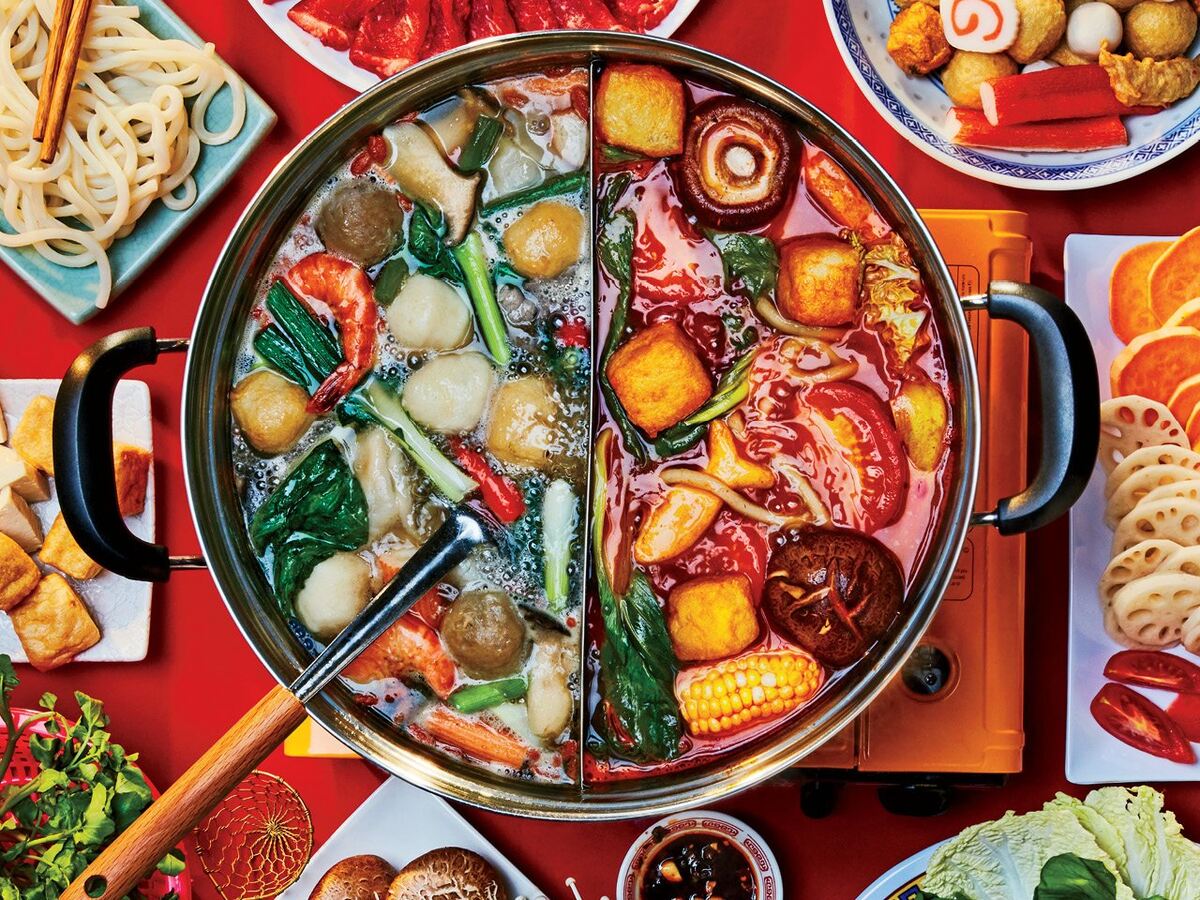
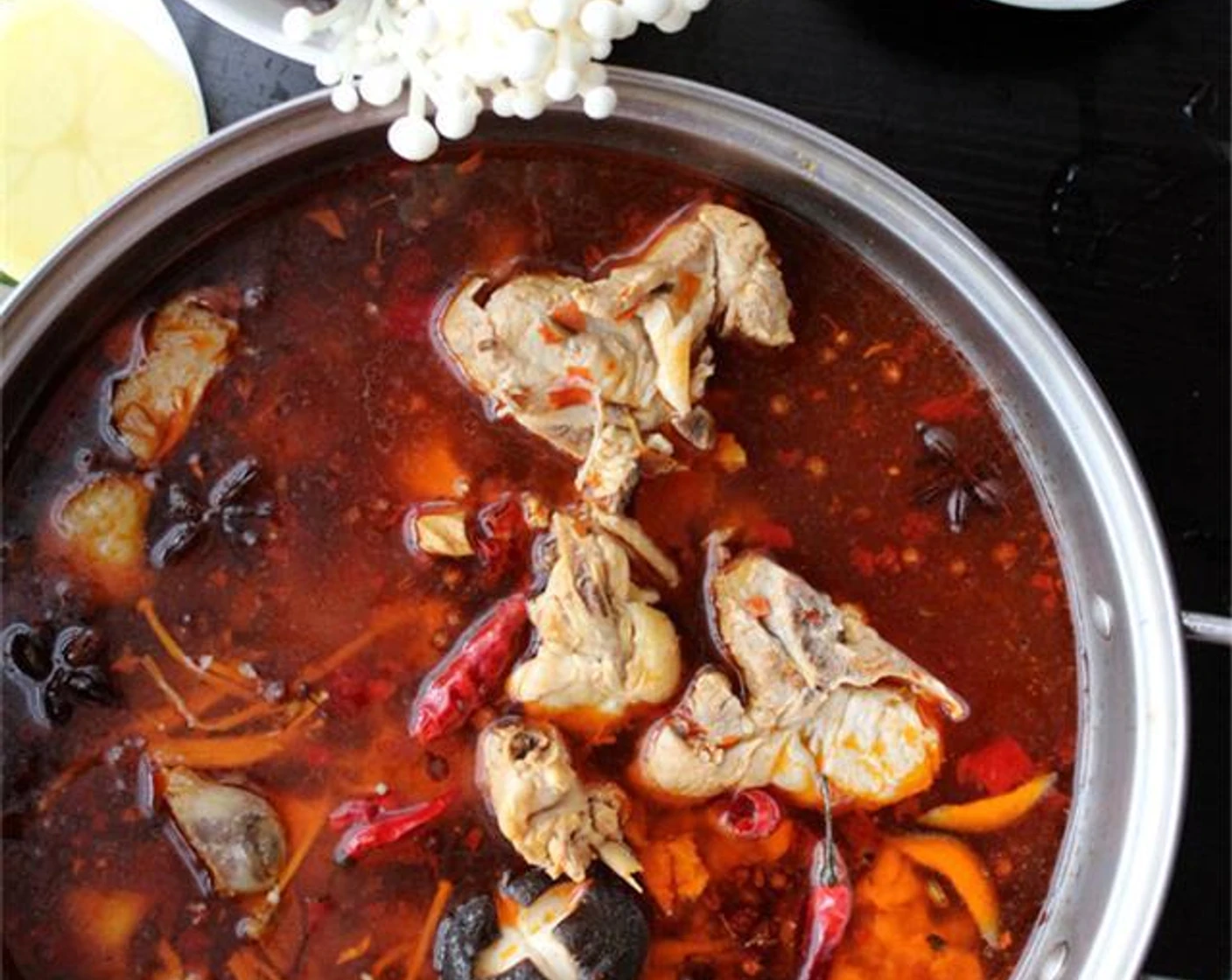
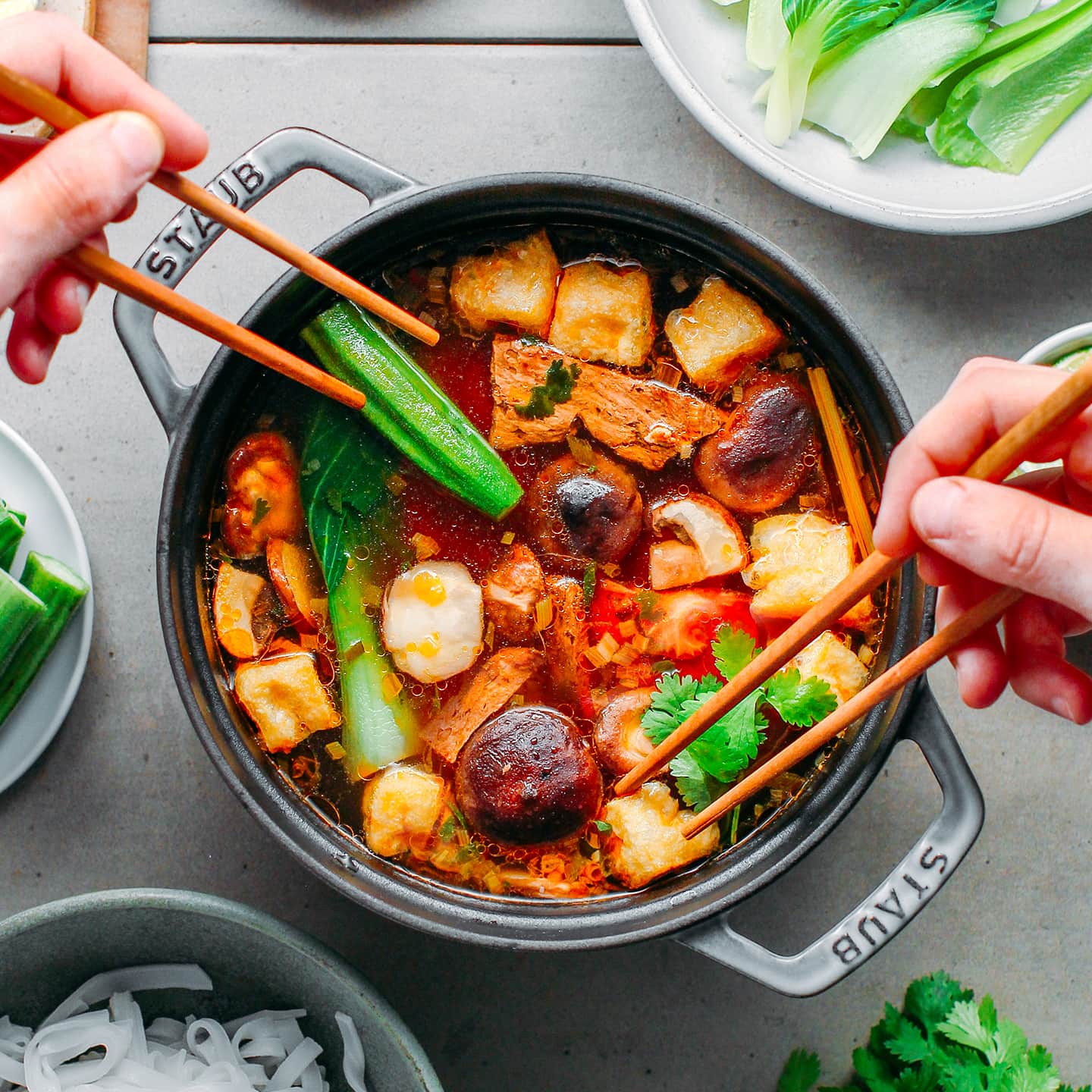
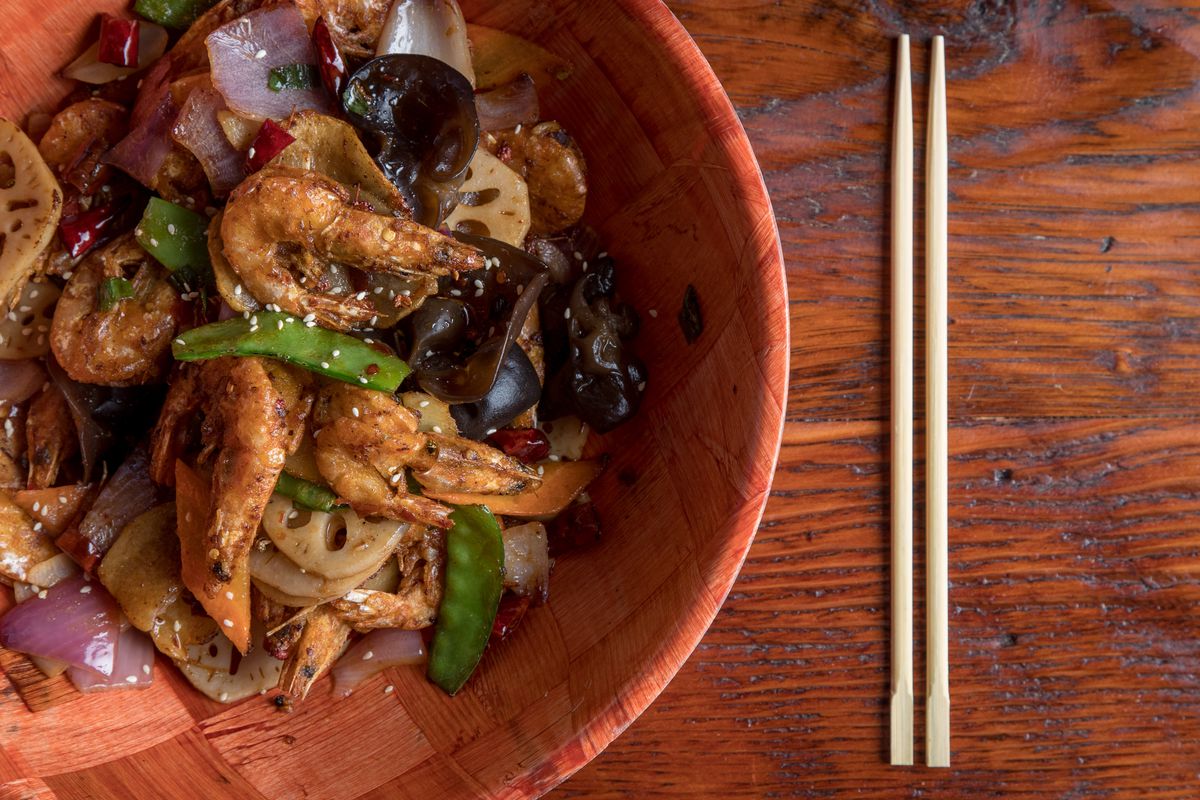
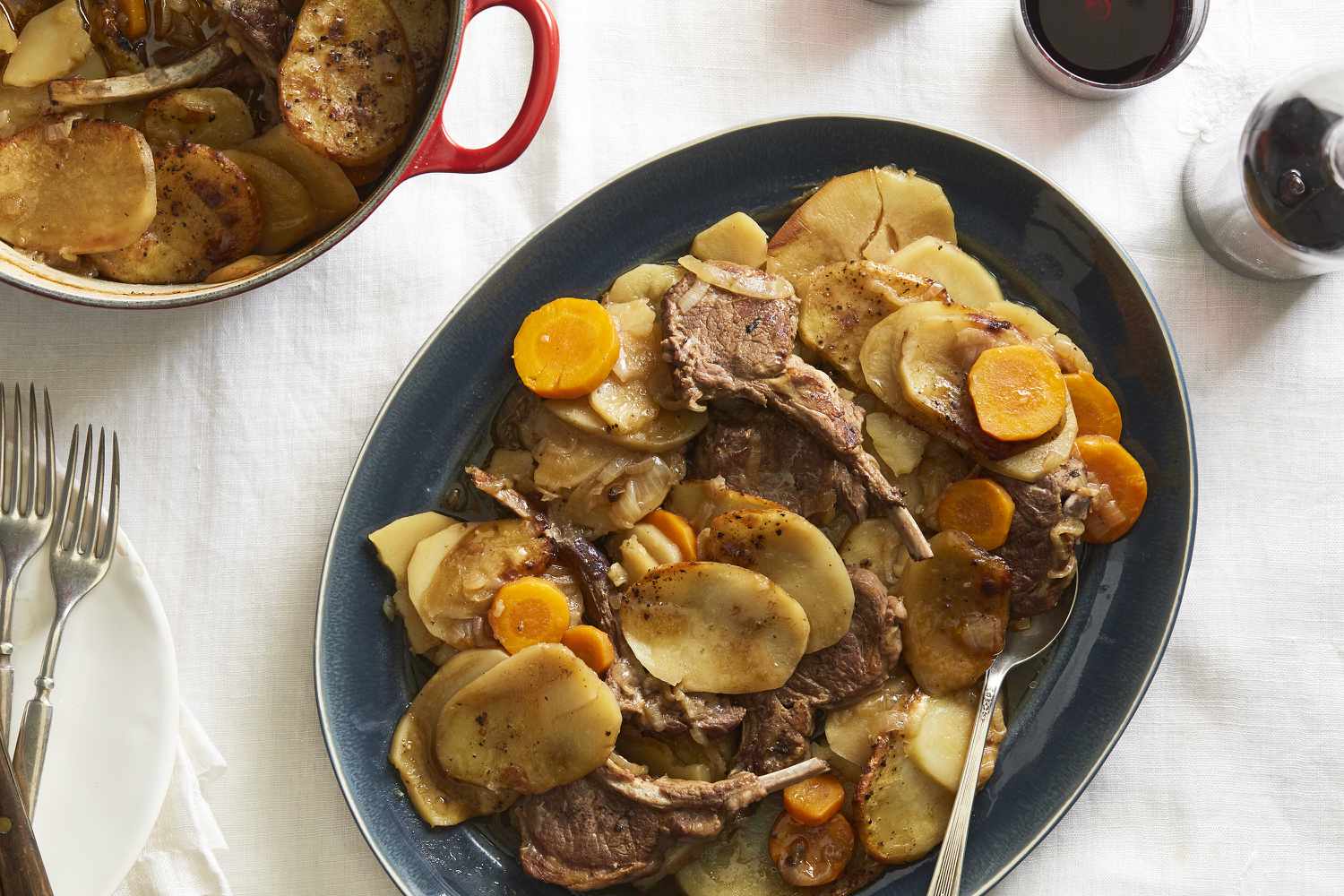

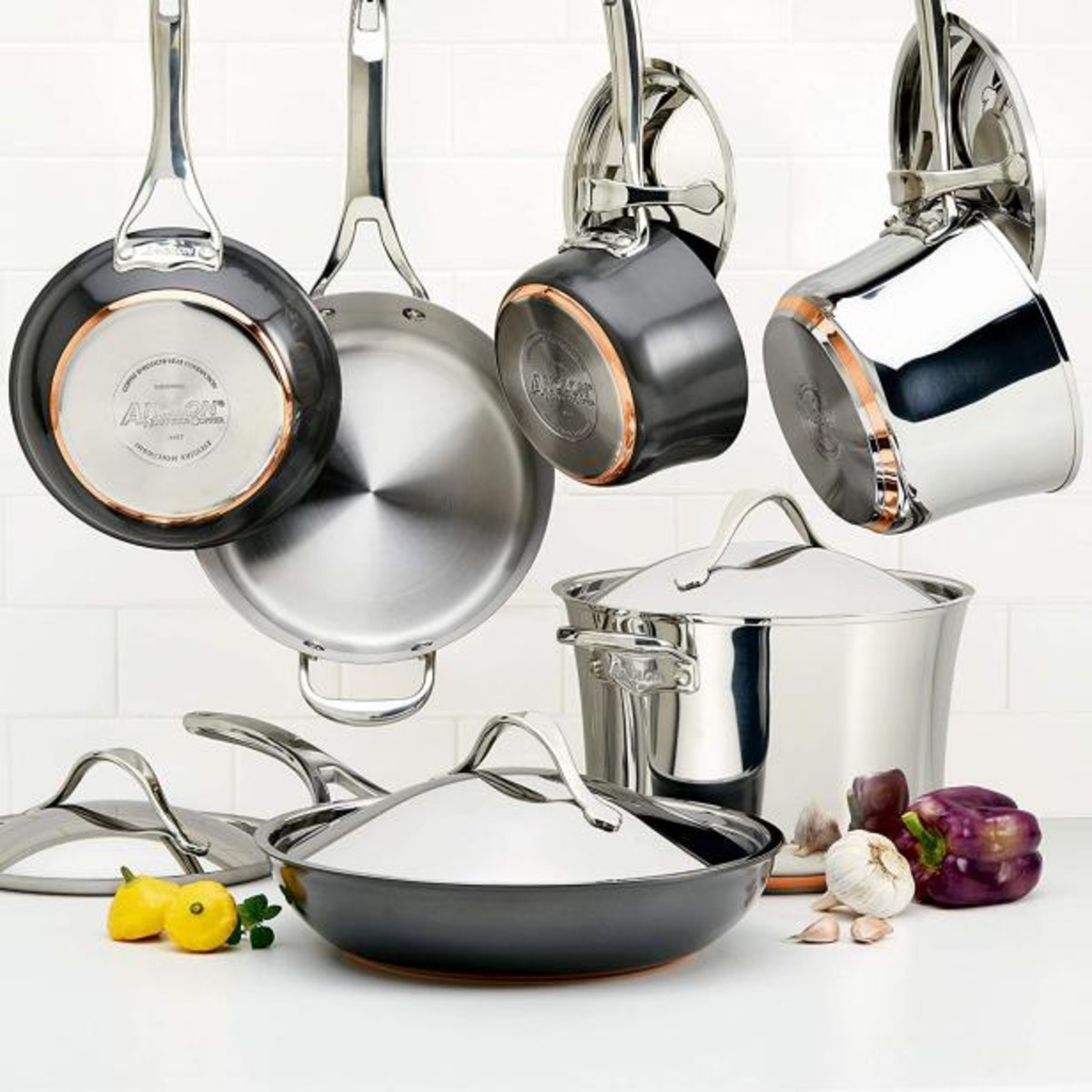
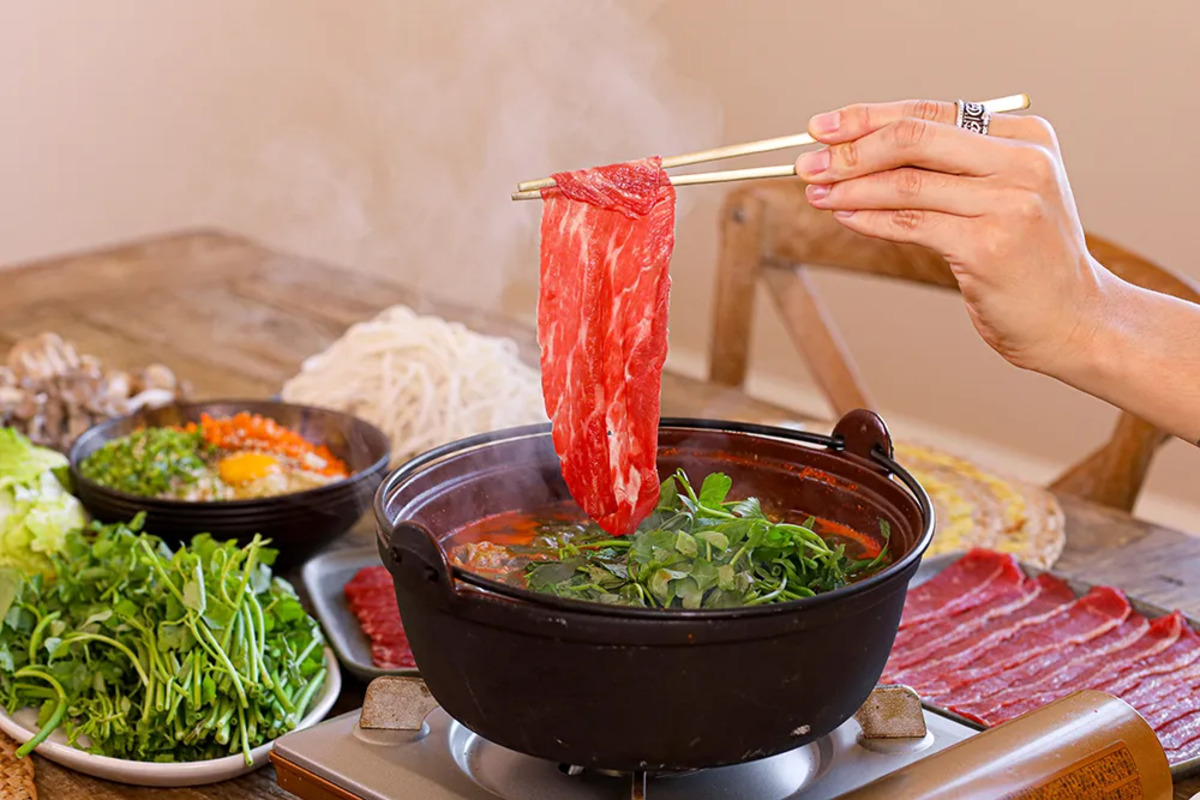
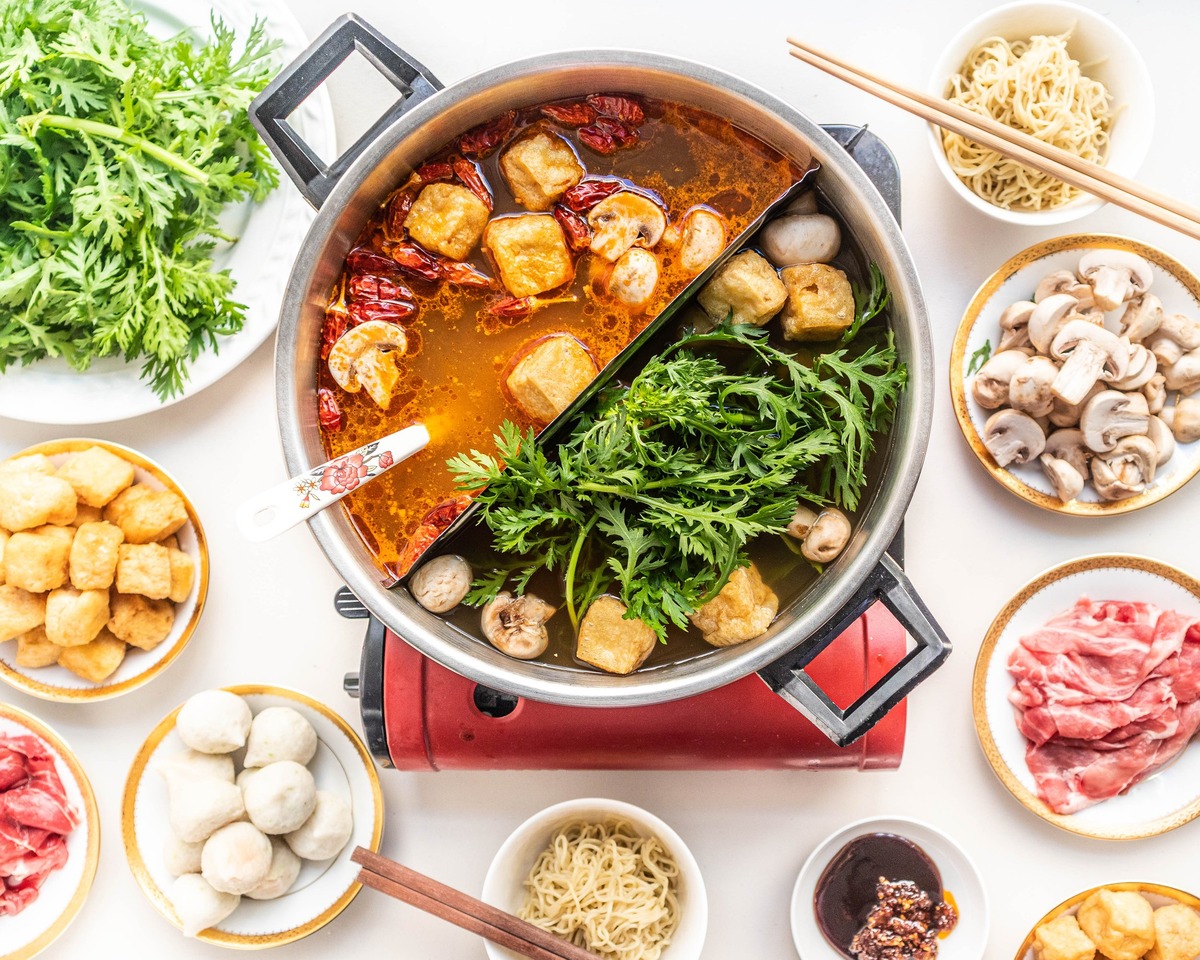
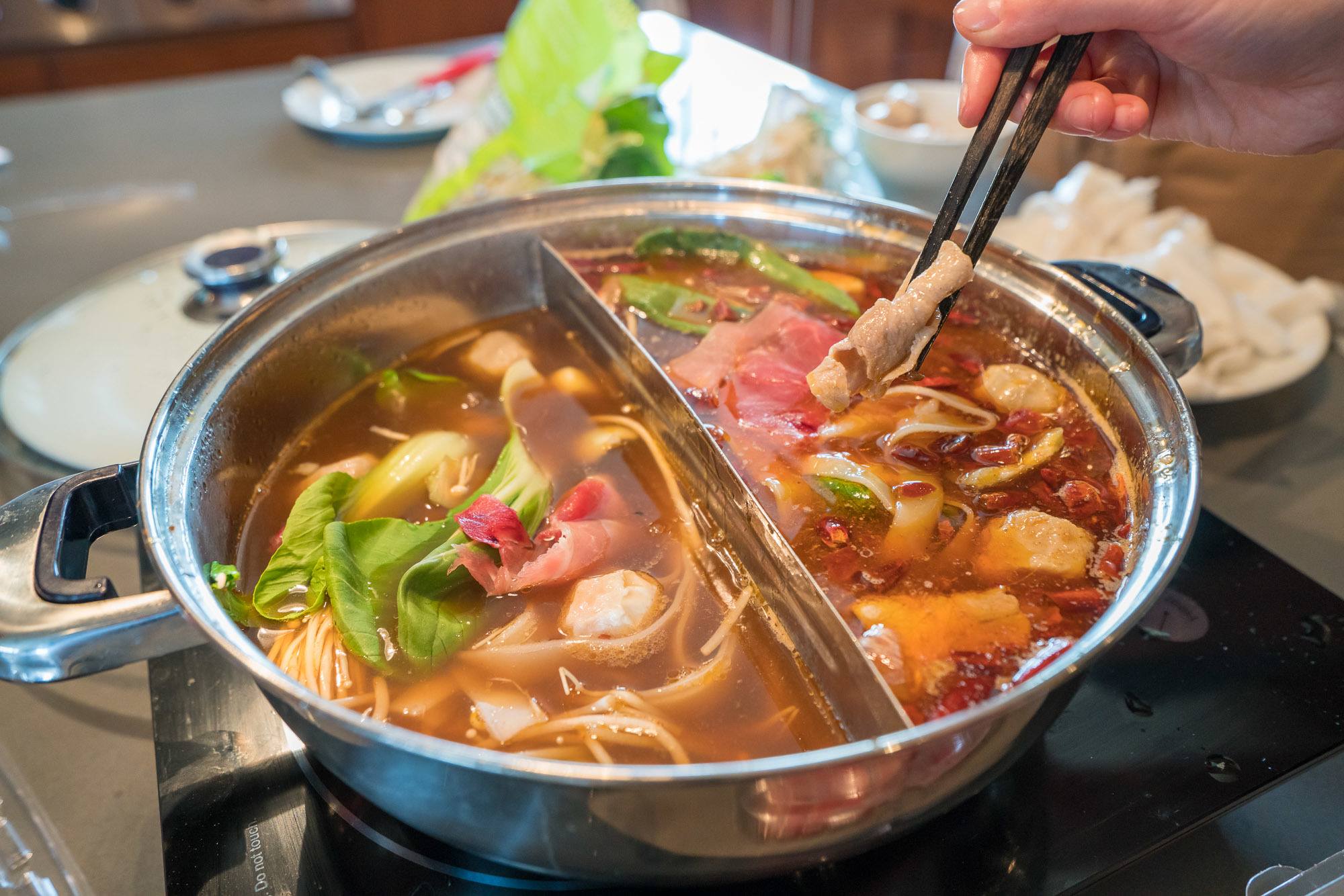
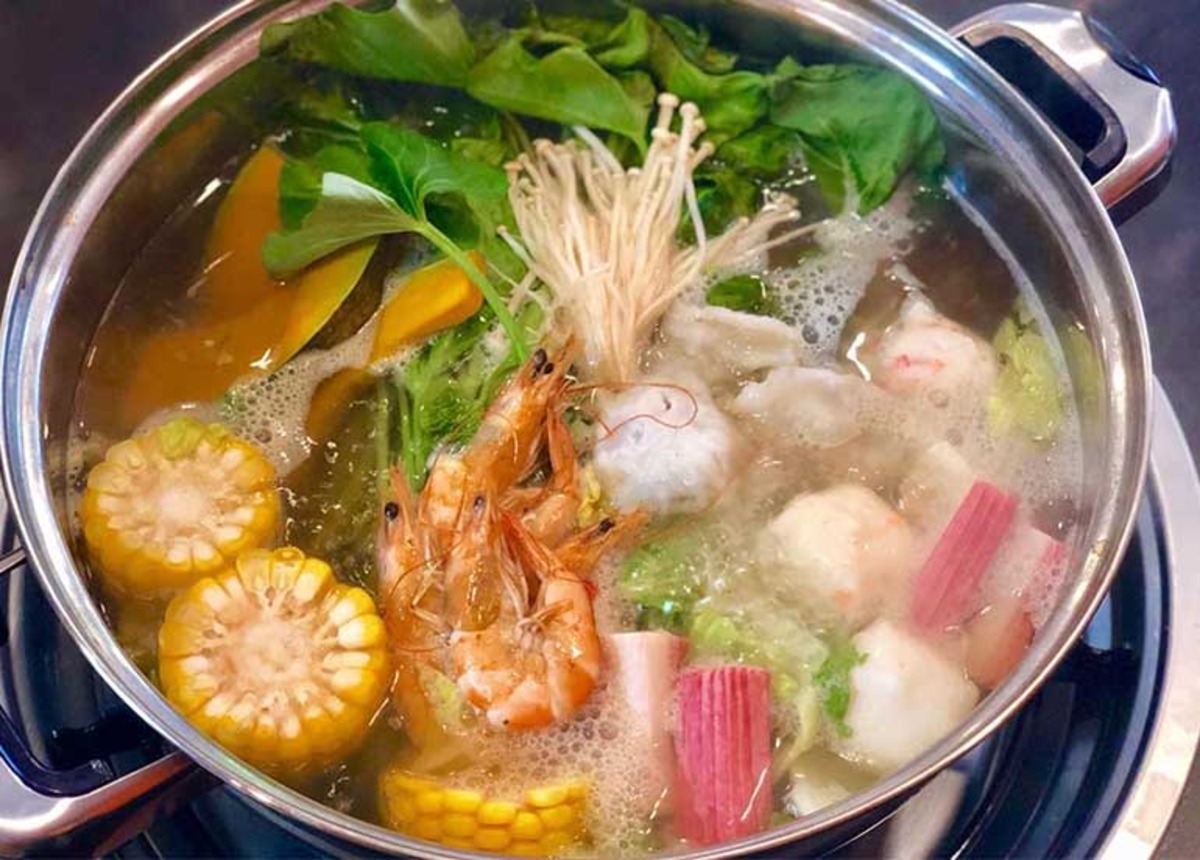
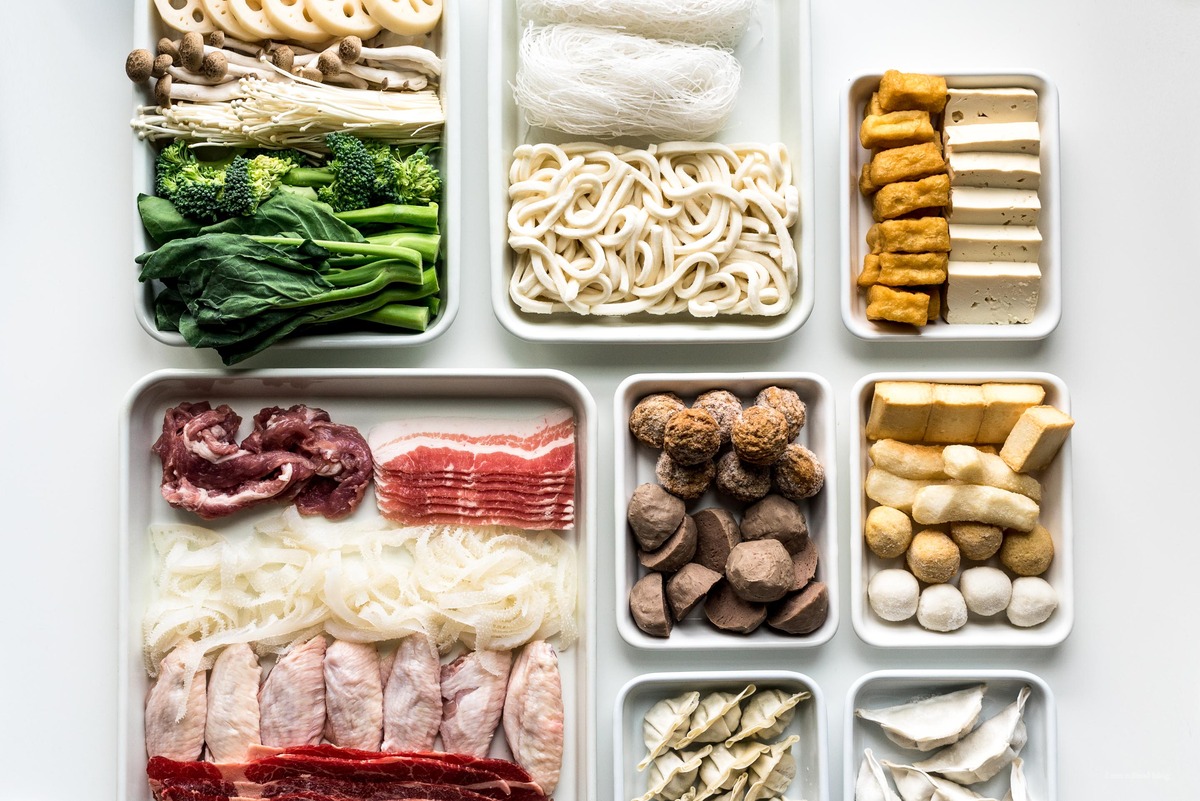
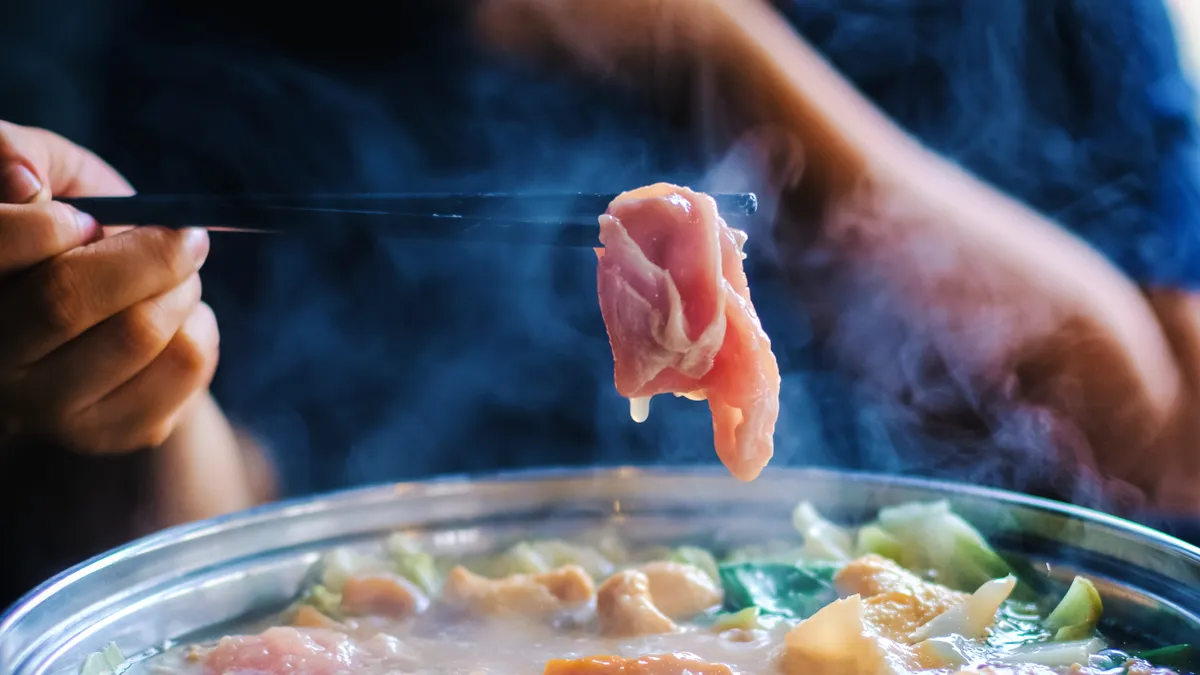
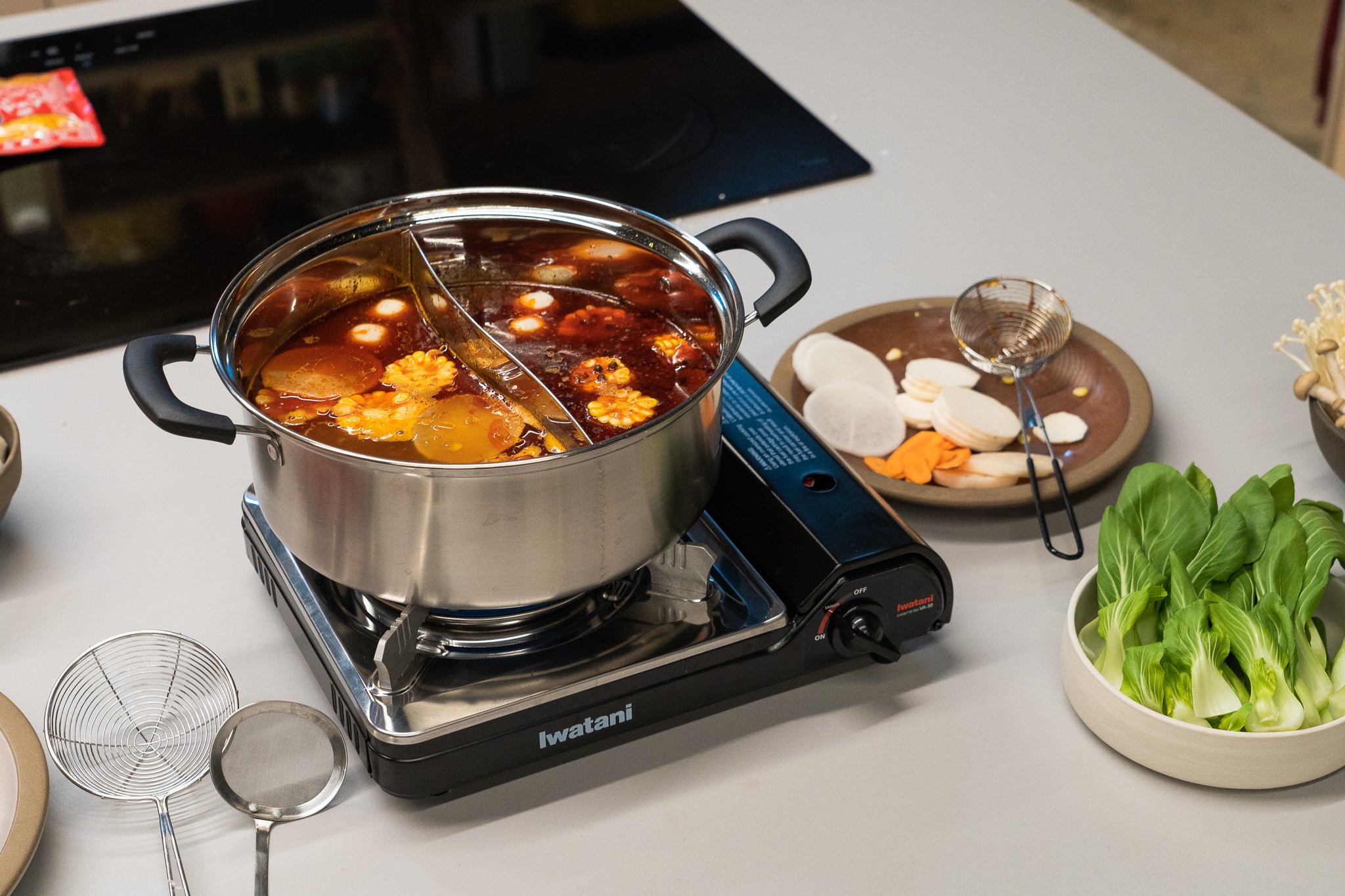

0 thoughts on “What Kind Of Meat For Hot Pot”